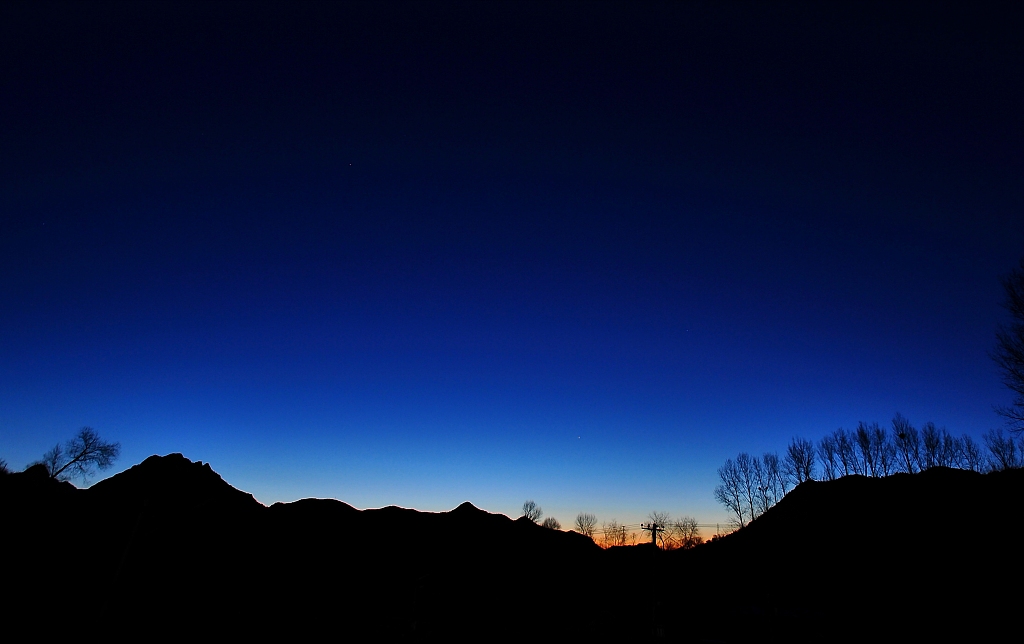An old saying in China goes "the moon on the sixteenth is rounder than on the fifteenth". This refers to the traditional Chinese calendar. As that adage goes, very rarely can the moon be seen rounder than on the 17th.
This year, the first full moon after the Chinese New Year appears on February 17 at 00:56 a.m. Beijing time, or 11:56 a.m. on February 16 U.S. Eastern Time, according to NASA's Sky Events Calendar SKYCAL. February 17 is also the 17th of the first month of the Chinese calendar, Zhengyue (in Chinese).
While most people were celebrating the last of the Spring Festival tradition — the Lantern Festival — the day that usually marks the first full moon on Chinese calendar, on Tuesday — people in China will actually see the full moon only on Wednesday night.
"When the moon travels to a point between the Earth and the sun and people cannot see the full illuminated disk of the moon, it is called a new moon or 'Shuo' (in Chinese), said Lin Yuan, a member of Chinese Astronomical Society. "That describes the first day of each month in the Chinese calendar."
"The full moon usually happens around the fifteenth day of Chinese calendar each month, when the illuminated disk of the moon faces the Earth. We can observe a full rounded moon that's called 'Wang' (in Chinese)," Lin added.
The average revolution of the moon from "Shuo" to "Wang" is about 29.5309 days. The traditional Chinese calendar defines the first day of each month to be "Shuo," and "Wang" usually happens 14 days 18 hours and 22 minutes after that. Therefore, the full moon, or "Wang" appears on the 15th or the 16th day more frequently, according to Lin.
A full moon on the 17th day is not that frequent. However, "The last time it appeared on February 26 in 2013, and the next time will be on March 1, 2029," Lin said.
Although months are lunar, the Chinese calendar is actually a lunisolar calendar that is "based on astronomical events, not arithmetical rules," Edward M. Reingold and Nachum Dershowitz wrote in the book Calendrical Calculation.
A lunisolar calendar combines both the lunar and solar calendars, indicating both the moon phase and the time of the solar year.

The greatest western elongation was observed in Beijing on November 18, 2013. /CFP
The greatest western elongation was observed in Beijing on November 18, 2013. /CFP
The night of the 17th will also see Mercury's second greatest elongation of the year.
Elongation is referred to as the angular distance between the sun and one of the inner planets in our solar system-Mercury or Venus. When they are the farthest from the sun in our sky, astronomers say they are at their greatest elongation which also signals the best time to observe either of the them.
For people in China, look to the east around dawn and try catch the elusive Mercury on the morning of February 17. The time in China for Mercury's greatest western elongation is 05:00 a.m.
Mercury is usually between 18 and 28 degrees from the sun on the sky. On Thursday, Mercury will be 26 degrees from the sun at that time.
However, elongations are better or worse based on the time of the year, and morning elongations are harder to see in spring. Thus, the southern hemisphere has the best view this time.


